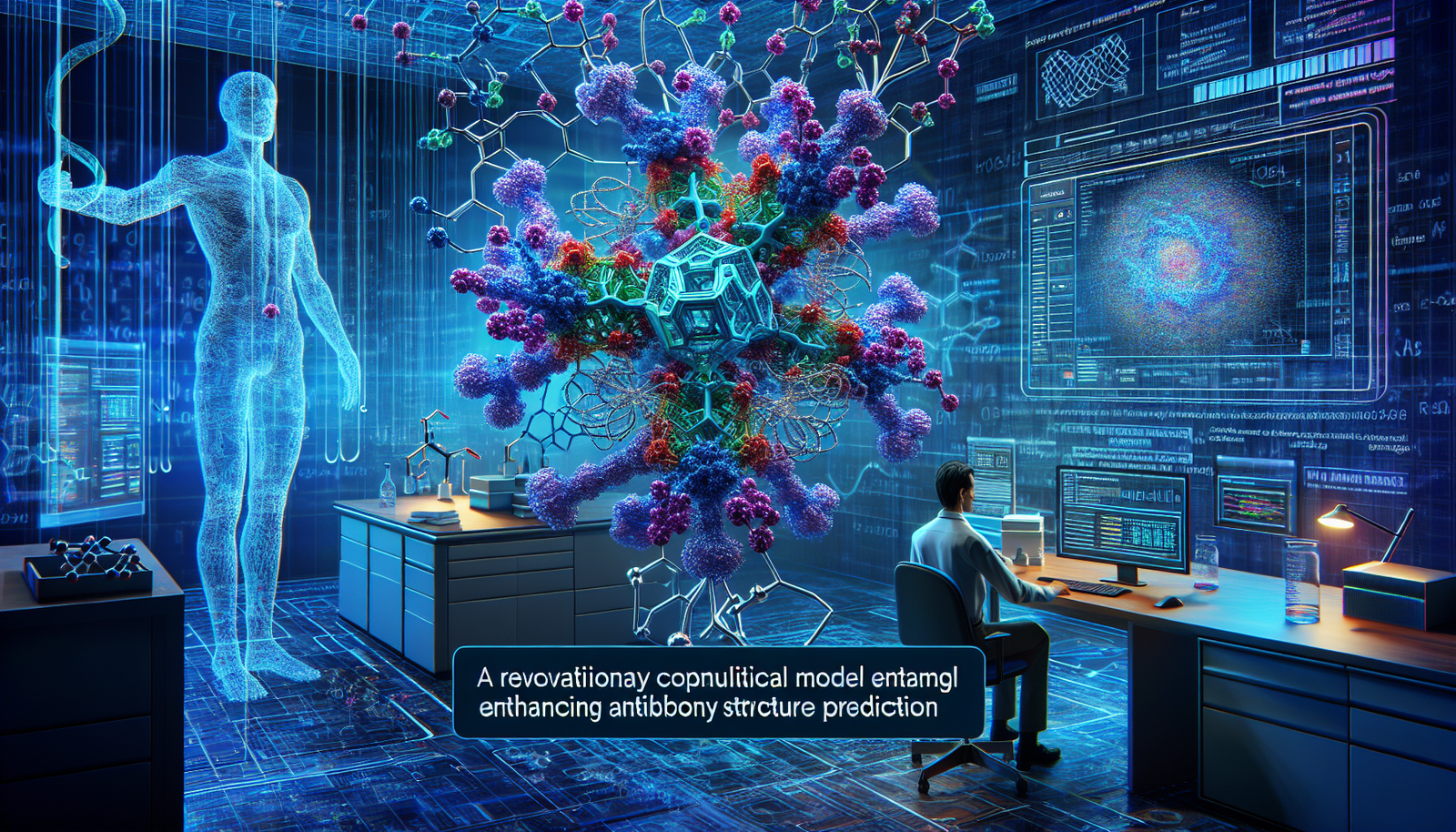The delay in predicting antibody structures hampers therapeutic advancements. A new computational model, developed by researchers at MIT, revolutionizes this perspective. By integrating artificial intelligence techniques, researchers improve the *accuracy of predictions*, offering the possibility to design effective treatments against contagious diseases, such as SARS-CoV-2. This model takes advantage of the hypervariability of antibodies, a major challenge for traditional approaches. The implications of these advancements could transform the landscape of biological treatments while optimizing development costs.
Significant Progress in Predicting Antibody Structures
Researchers at MIT have developed a computational technique aimed at improving the prediction of antibody structures. This model, which relies on large language models, overcomes certain limitations encountered by previous approaches, particularly for proteins exhibiting hypervariability.
The Challenges Posed by Hypervariability of Antibodies
Antibodies, due to their Y-shaped structure and the presentation of hypervariable regions, pose considerable challenges in structure prediction. These regions, located at the ends of the antibody arms, allow them to bind to foreign proteins called antigens. Their composition is highly variable, making the application of standard prediction models difficult.
In previous studies, it has been observed that antibodies can be produced in enormous quantities, reaching up to 1 quintillion potential variants within the human immune system, based on amino acid sequence modifications. This hypervariability greatly complicates traditional predictions based on language models.
Introducing AbMap: An Innovative Model
Scientists have designed a computational model, named AbMap, that optimizes the prediction of antibody structures as well as the analysis of their binding strength. By integrating specific modules that provide data on antibody sequences from the Protein Data Bank, the model is able to process a vast dataset to infer more accurate structures.
AbMap has been used to identify antibody structures with a strong capacity to neutralize the Spike protein of the SARS-CoV-2 virus. The results have proven to be significantly more effective than those provided by traditional models, enabling the rapid detection of promising candidates for therapeutic applications.
Implications for Drug Development
The developed method allows for easy testing of different candidates for therapeutic purposes, significantly contributing to the reduction of research costs. By avoiding clinical trials on unpromising antibodies, pharmaceutical companies can allocate their resources more effectively.
Preliminary experiments showed that 82% of the tested antibodies derived from clusters identified by the model had a binding strength greater than that of the original antibodies. This advancement has potential implications for how treatments for infectious diseases, such as Covid-19 and HIV, are developed.
Analysis of Individual Immune Responses
Another essential aspect of this research concerns the study of individuals’ antibody repertoires. With the AbMap method, it is now feasible to explore why some people react differently to infections, as seen in the case of super responders to HIV.
This technique allows for the resolution of fundamental questions regarding the relationship between antibody structures and their functions, offering a new perspective on the individuality of immune responses. By integrating structural analysis, it is possible to identify notable similarities between antibodies from different individuals, challenging the notion that repertoires were widely divergent.
Funding and Future Perspectives
The work has been supported by Sanofi and the Abdul Latif Jameel Clinic for Machine Learning in Health, reflecting a growing interest in the applications of artificial intelligence in the field of biotechnology. This research marks a decisive step towards a finer understanding of the interactions between the immune system and pathogens, paving the way for improved therapeutic devices.
Frequently Asked Questions
What is a computational model for predicting antibody structures?
A computational model for predicting antibody structures is a system based on artificial intelligence algorithms that uses the amino acid sequences of antibodies to predict their 3D structure and their ability to interact with antigens.
How does the recent model improve the accuracy of predictions?
The recent model has been specifically designed to address the hypervariable regions of antibodies, thereby allowing for better adaptation to sequence variations and improving the reliability of structural predictions.
Why is it difficult to predict the structure of antibodies?
The difficulty mainly lies in the hypervariability of the regions of antibodies, which can contain many unique sequences, making their prediction complex using traditional methods.
What advantages does this model bring for drug development?
This model enables researchers to efficiently filter millions of potential antibodies to identify those most likely to be effective against pathogens, thereby reducing the costs and time associated with the search for new treatments.
How was the AbMap model trained?
The AbMap model was trained using data from hundreds of known antibody structures and correlating antibody sequences to their binding strength to different antigens.
What types of applications could this model have beyond antibodies against SARS-CoV-2?
In addition to SARS-CoV-2, this model could be used to study the immune response of individuals to various infections, such as HIV, allowing for a better understanding of why some individuals resist diseases.
Can the model be used to analyze the antibody repertoires of individual people?
Yes, the model can analyze the antibody repertoires of specific individuals, which could provide crucial information about individual immune responses.
What are the implications of this model for research on infectious diseases?
This model offers new opportunities to identify potential treatments, understand immune defense mechanisms, and develop more effective vaccines against various infectious diseases.






